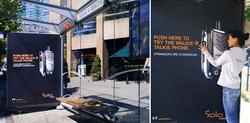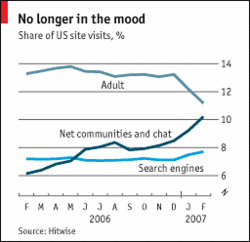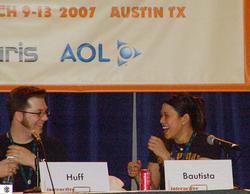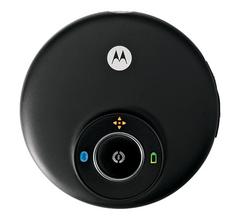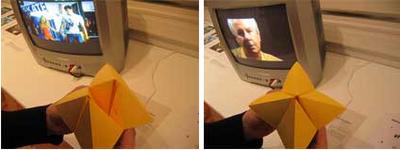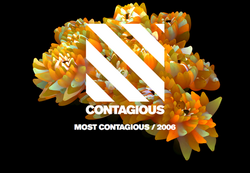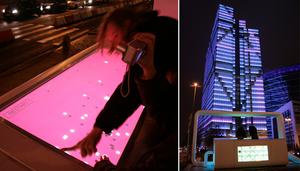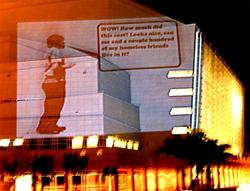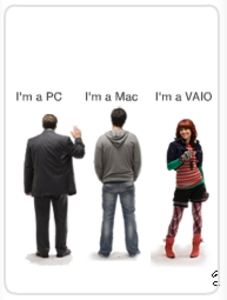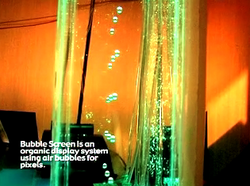 Offering no apologies for social disruption, the Emerging Social and Technology Trends panelists invite themselves into your conversation. The panel on Saturday hosted yet again a large group of speakers from diverse backgrounds. Although intimate panels tend to be more revealing, this one at least showed a little leg. Headed up by Laura Moorhead (Wired), the panelists included Andrew Blum (Wired), Robert Fabricant (Frog Design), Eliot Van Buskirk (Wired), Peter Rojas (Engadget), and Daniel Raffel (Yahoo!).
Offering no apologies for social disruption, the Emerging Social and Technology Trends panelists invite themselves into your conversation. The panel on Saturday hosted yet again a large group of speakers from diverse backgrounds. Although intimate panels tend to be more revealing, this one at least showed a little leg. Headed up by Laura Moorhead (Wired), the panelists included Andrew Blum (Wired), Robert Fabricant (Frog Design), Eliot Van Buskirk (Wired), Peter Rojas (Engadget), and Daniel Raffel (Yahoo!).
While perhaps drunk at the wheel sometimes, technology drives social change. In turn, everyday people are now enabled to be the drivers as well. Similar to the blur of how you got home the night before, there is no longer a clear sobriety line to walk between social interaction and technology. Likewise, a constant negotiation between public and private, business and pleasure, leaves many at polar realms. Understanding the integration versus isolation debate is said to help us understand ourselves, or at least what Kool-aid we drank to get there.
Tagged as disruptive technology, the panel discussed various tools, techniques, and software that continue to evolve standards and transparency. Seemingly, the term transparency is no longer valid, as the opacity is continuing to be set at zero percent. Widgets, like the beginnings of the internet, take away a sense of geographical personas, while social "tools" like Twitter take away any remaining sense of privacy. "Twitter might be the breaking point," said Peter Rojas, concerned about an inevitable backlash of technology. Explaining it similar to the subcultures that turned on CDs in favor of vinyl, Rojas believes that there will always be backlashes, but not necessarily mass rejections. "But we wouldn't know about a backlash because they wouldn't be blogging it, right?" Rojas joked to the crowd's chuckle.
Though there's an amplification of influence in self, it also penetrates brands and microbrands alike. Many brands are trying to drink the Kool-aid, letting the voice of the customer lead the way. While in no way is it a bad idea, Robert Fabricant explained that it gives a company power as well as a burden. The key, Fabricant explained, is how to interpret the learnings from the ongoing conversations, which is a responsibility strategists and planners face.
Asked the question about companies' fear of their products being hacked, the panelists concurred that the vast majority of hacks help generate interest in a product rather than serve as a huge threat to success. An offered solution to help ease the pain was for companies to commit to "upgradability" as well as learn how to monetize consumer hacks. Pushing for augmentation over customization, it was apparent that there remains a friction point between consumers and brands. The iPhone came up as a perfect example, in that the potential of the device alone generated interest, however the excitement soon turned flacid once it revealed its closed platform nature. Soon after, the lack of faith in mobile carriers and the fight for consumer enablement took over the discussion. Despite many yielding through the intersection of social and technology, it may take a new generation to legalize an American autobahn.
Sidenote: More photos here.
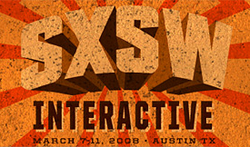 Broadcasting from Austin and ready to achieve geekgasm, this year is sure to be as overwhelming as the past. Shake Well Before Use has admittedly been slacking on blogging in the last few weeks due to all the excitement and anticipation. Regardless, come join in the nerdfesticle that is SXSW at these two events:
Broadcasting from Austin and ready to achieve geekgasm, this year is sure to be as overwhelming as the past. Shake Well Before Use has admittedly been slacking on blogging in the last few weeks due to all the excitement and anticipation. Regardless, come join in the nerdfesticle that is SXSW at these two events:










 Pressure-sensitive and ready to play, an interactive ball responds to crowd participation. Called the
Pressure-sensitive and ready to play, an interactive ball responds to crowd participation. Called the 


 Probably best that they launched this after Easter. A not-so-adorable
Probably best that they launched this after Easter. A not-so-adorable 

